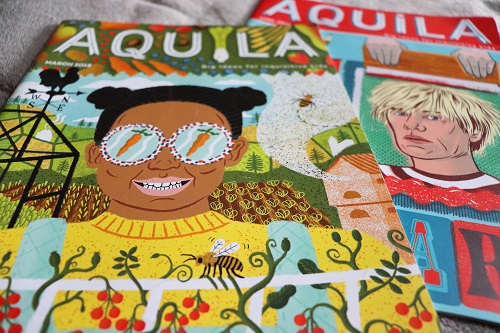

- #Publishers accepting unsolicited manuscripts 2018 how to
- #Publishers accepting unsolicited manuscripts 2018 free
Parents are also great for feedback - they’re the people who will actually buy your book, so their reactions can help you gauge whether the book is suitable for the market. Kids are brutally honest, so they make for some of the best beta readers. Many authors get their children (or nieces, or their friends’ children) to read their manuscripts. Which famous children's author do you write like?įind out which literary luminary is your stylistic soulmate.
#Publishers accepting unsolicited manuscripts 2018 how to
It may take less time to write a children's book than it does to write a full novel, but that doesn't mean it's any easier! Whatever time you don't spend writing, you should be thinking about your concept and how to make it better. Picture books and early readers are so short that it’s even more crucial than usual to perfect every single sentence. Work on your manuscript until you can't possibly think of a way to improve it. I must have rewritten Charlie five or six times all through and no one knows it." Charlie and the Chocolate Factory by Roald Dahl. Three months work gone out the window, but that's the way it is. “But I've got now to think of a really decent second half.

In a letter he wrote to his daughter, Roald Dahl revealed the all-consuming work that went into his classics: Great books are almost always the result of meticulous, well-considered rewrites and edits. Refine your manuscriptĪs we’ve mentioned, editors rarely have time to edit, so your manuscript needs to be as good as possible before you submit it. Tip: Sign up to the Children’s Bookshelf newsletter at Publisher’s Weekly to stay current with developments in the market (including the latest titles). You want to know what your audience has read before so you can either play to certain tropes or subvert them. In publishing, we often talk about “writing to market,” which naysayers interpret as “cynically imitating successful books.” But really, it’s about understanding the tastes of readers and publishers. You can easily scan through all the major titles in your category and find out which ones your book will compete with. Which publishers are putting out these books.What topics and themes seem to be trending and.

Which authors are popular in your category.Locate the shelf where your book belongs (i.e., picture books, middle grade) and take notes on

So put on your spy hat and go on an intelligence-gathering mission to the children’s section of a large bookstore. Brick and mortar stores still make up a large chunk of the children’s market and - more so than with adult books - most parents still prefer them over online retailers. Scanning Amazon's Best Sellers list is fine, but going into a Barnes & Noble will give you a much better idea of ongoing trends. You want to see firsthand what bookstores are selling and promoting.
#Publishers accepting unsolicited manuscripts 2018 free
If you want to learn more about writing for each category in children's publishing, sign up for this free online course on Reedsy Learning. They rarely have time to thoroughly edit the books they acquire, so if you’ve written a 200,0000-word middle-grade opus, most editors will think, “Who needs that kind of stress?” and give it a hard pass. Modern editors take word count quite seriously.


 0 kommentar(er)
0 kommentar(er)
